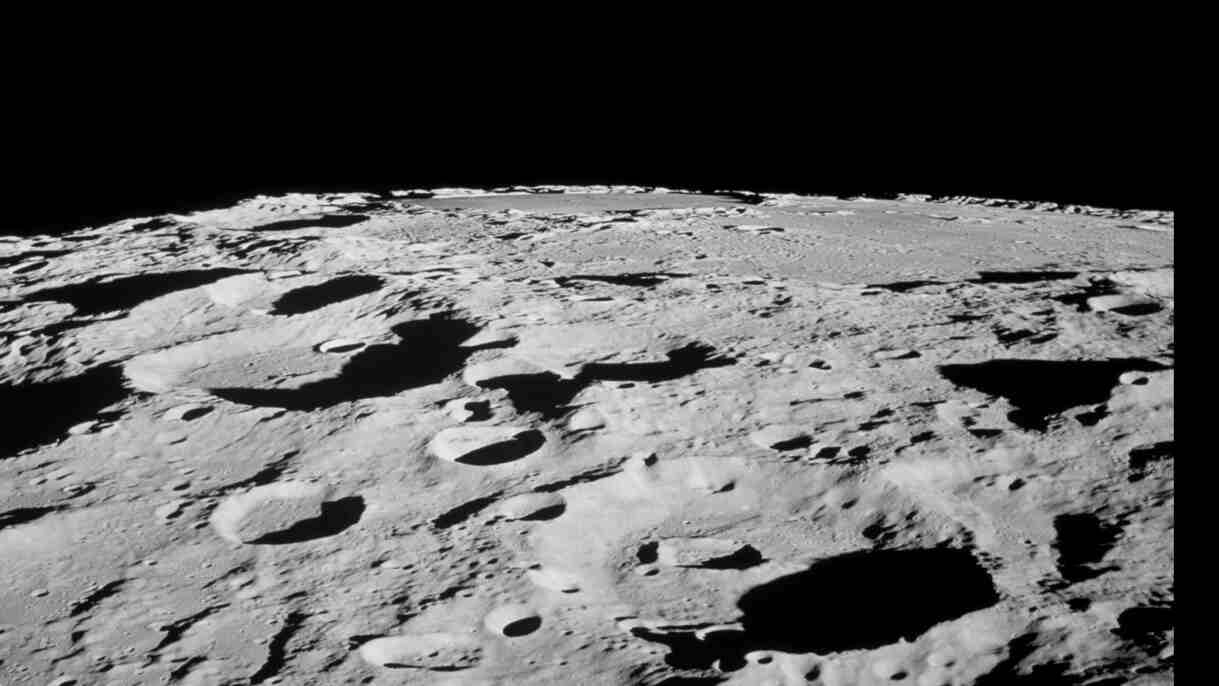THE LATEST
Breakthrough lunar topography algo unveiled: Harnessing the power of parallel processing for unprecedented precision

In a significant leap forward for lunar exploration, researchers at Brown University have introduced a groundbreaking algorithm that promises to revolutionize how we map the surface of the Moon. The study showcases an innovative use of parallel processing in a new supercomputer algorithm, unlocking greater precision and streamlining the mapping process like never before.
With space agencies worldwide preparing for future lunar missions, this cutting-edge technique presented by Benjamin Boatwright and James Head at Brown University sparks curiosity about the potential it holds for reshaping our understanding of the Moon's surface.
Traditionally, mapping the lunar terrain has been a labor-intensive process, plagued by complexity in lighting conditions, inaccurate shadow interpretation, and terrain variability. However, Boatwright and Head's research demonstrates how harnessing the power of parallel processing can overcome these challenges and propel lunar mapping into an era of unparalleled accuracy.
The key focus of Boatwright and Head's advancements lies in their utilization of advanced computer algorithms that capitalize on parallel processing capabilities. This breakthrough allows for the automation of complex image alignment and enhances the resolution of the resulting models. The new software brings about the creation of larger lunar maps, replete with exquisite details, at an accelerated pace - a thrilling prospect for lunar scientists and mission planners.
Shape-from-shading, the mapping technique at the heart of this novel algorithm, relies on perfectly aligned images to reconstruct a three-dimensional representation of the lunar surface. However, existing tools have fallen short in seamlessly aligning multiple images, leading to hours of manual intervention. The new algorithm drastically reduces this time-consuming process by automatically identifying distinctive features in one image and diligently seeking their counterparts in others. As a result, researchers no longer need to expend countless hours on meticulous manual tracing, freeing up precious resources and brainpower.
Moreover, Boatwright and Head's algorithm incorporates quality control algorithms and filters that further refine the alignment process. By meticulously selecting only the most aligned images, outliers are removed, resulting in maps with submeter resolutions. The increased speed not only boosts precision but also allows for the examination of larger surface areas, expanding the scope and potential of lunar exploration.
To authenticate the algorithm's accuracy, the researchers compared the maps generated using their refined shape-from-shading method with other existing topographic models. The comparisons unveiled the superior precision and ability of the new algorithm to capture subtle features and variations on the lunar surface. This promising validation affirms the potential impact of this algorithm on future lunar missions, as it offers improved scientific insights and more comprehensive mission planning.
The study relied on data primarily gathered from instruments onboard NASA's Lunar Reconnaissance Orbiter, including the Lunar Orbiter Laser Altimeter and Lunar Reconnaissance Orbiter Camera. The availability of open-source algorithms in their approach exemplifies Boatwright and Head's intention to foster collaboration and encourage other researchers and modeling efforts to leverage their refined shape-from-shading software.
James Head, a professor of geological sciences at Brown who was involved in the Apollo program, expresses his excitement about the potential of these new maps, affirming that they surpass the exploration planning capabilities available during the Apollo missions. These state-of-the-art maps will undoubtedly enhance both the scientific return and mission planning for upcoming Artemis missions and robotic lunar explorations.
As interest in lunar science and exploration intensifies at NASA and space agencies worldwide, this groundbreaking algorithm opens a wealth of possibilities for researchers and enthusiasts alike. Boatwright emphasizes the "egalitarian way of doing science" offered by the algorithm, highlighting the potential for widespread accessibility and democratization of lunar research.
With support from the NASA Goddard Space Flight Center, Boatwright, and Head's algorithm not only sparks curiosity but also nurtures a sense of optimism for the future of lunar exploration. As we venture further into the celestial unknown, the parallel processing-powered supercomputer algorithm holds the key to unveiling unprecedented lunar topography and widening the horizons of our knowledge.
